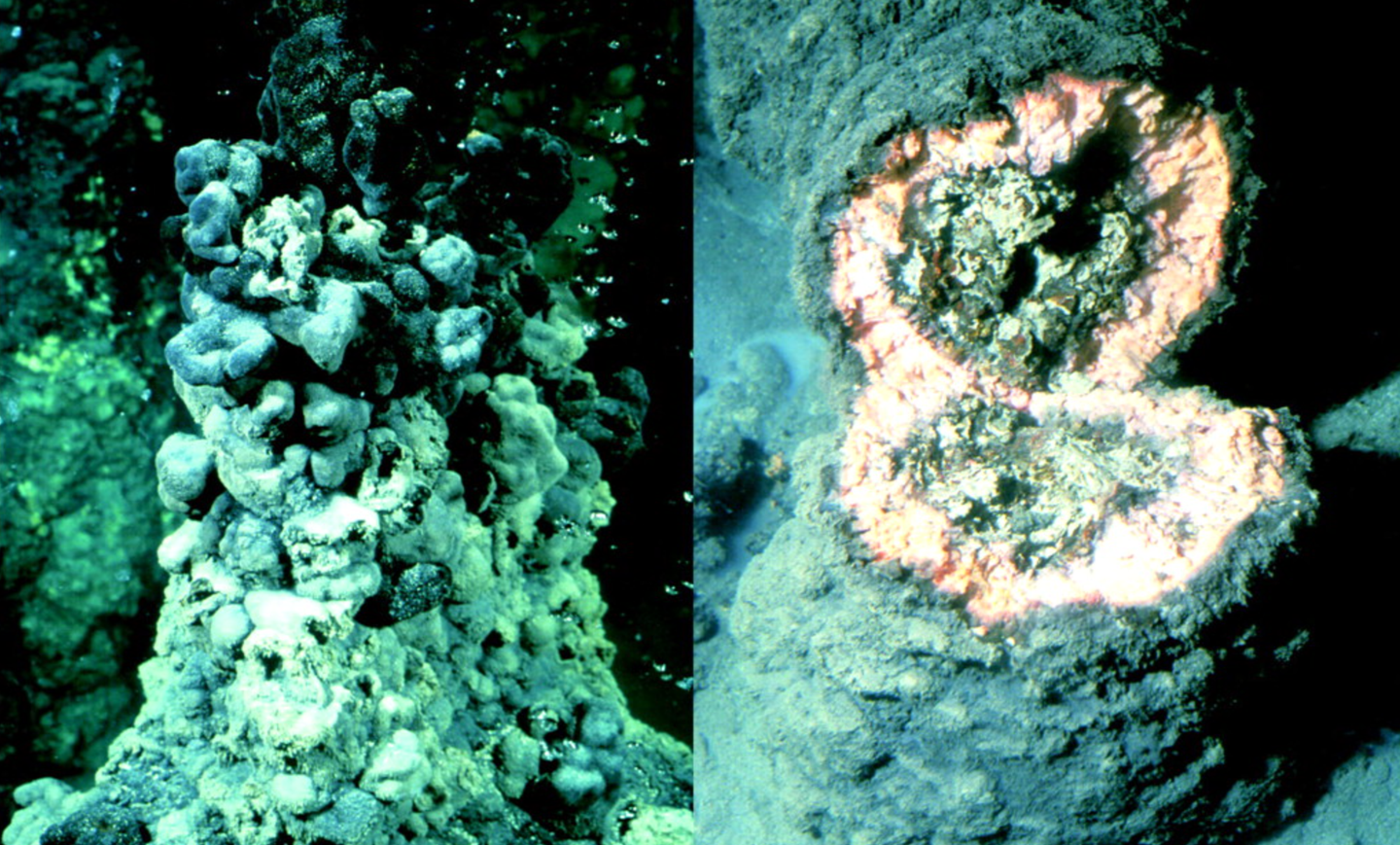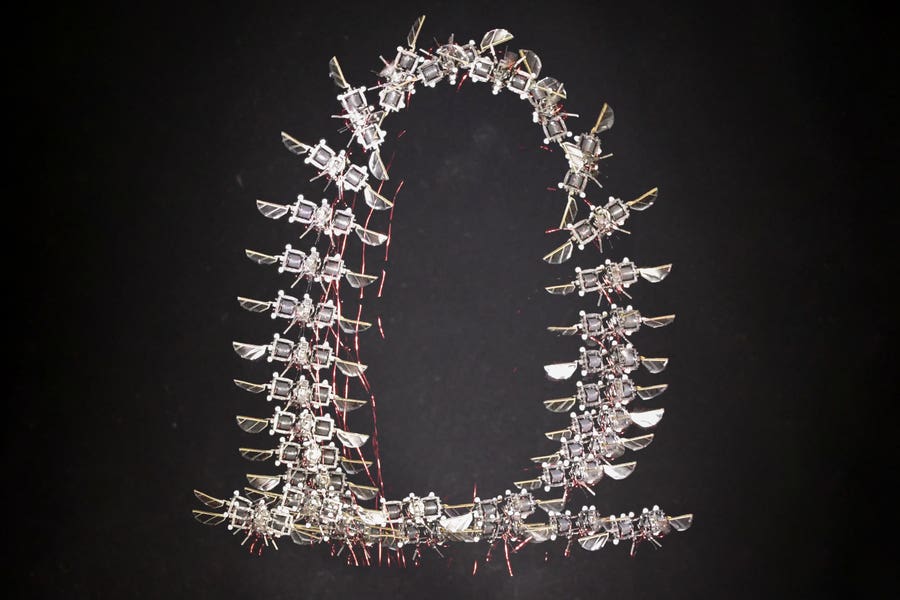Researchers discover why some people stutter
This breakthrough led by scientists from the University of Turku could reshape how we view and treat this speech disorder

An international research team, led by scientists from the University of Turku and Turku University Hospital in Finland, has made significant strides in understanding the origins of stuttering. This breakthrough could reshape how we view and treat this speech disorder.
Stuttering, a speech rhythm disorder, affects about 5–10% of young children, with 1% continuing to stutter into adulthood. Characterized by involuntary repetitions, prolongations, or pauses in speech, stuttering can severely impact an individual's life.
“Stuttering was once considered a psychological disorder. However, with further research, it is now understood to be a brain disorder related to the regulation of speech production,” says Professor of Neurology Juho Joutsa from the University of Turku.
Stuttering can also arise from neurological conditions such as Parkinson's disease or strokes. Despite extensive research, the neurobiological mechanisms underlying stuttering remain elusive, with conflicting findings from brain imaging studies. Determining whether changes in the brain are the root cause or merely associated phenomena of stuttering is challenging.
A Breakthrough in Understanding Stuttering
Researchers from Finland, New Zealand, the United States, and Canada devised a novel research method to tackle this issue. They studied individuals who had suffered strokes, some of whom developed stuttering immediately afterward.
Remarkably, the strokes were located in different brain regions but all linked to the same brain network, unlike strokes that did not cause stuttering.
Related Stories
To further their investigation, researchers used magnetic resonance imaging (MRI) to examine the brains of 20 individuals with developmental stuttering. They discovered that stuttering in these individuals was associated with structural changes in the nodes of the brain network identified in the stroke victims.
The greater the changes, the more severe the stuttering. This suggests that stuttering is tied to a common brain network, regardless of whether its origins are developmental or neurological.
Identifying Key Brain Nodes
The study pinpointed key nodes within this network: the putamen, amygdala, and claustrum, located deep within the brain, along with the connections between them.
"These findings explain well-known features of stuttering, such as the motor difficulties in speech production and the significant variability in stuttering severity across emotional states. As major nuclei in the brain, the putamen regulates motor function, and the amygdala regulates emotions. The claustrum, in turn, acts as a node for several brain networks and relays information between them,” explains Joutsa.
Implications for Treatment
The results of this study offer unprecedented insights into the neurobiological basis of stuttering. By pinpointing where stuttering is localized in the brain, new avenues for medical treatment emerge. Researchers hope that in the future, stuttering could be effectively treated with targeted brain stimulation, specifically aimed at the identified brain network.
This research not only enhances our understanding of stuttering but also brings hope to those affected by this often debilitating condition. By identifying the common brain network involved, scientists are paving the way for innovative treatments that could significantly improve the quality of life for individuals who stutter.
By identifying the probable origin of stuttering in the brain, the team has opened new possibilities for effective treatments. The key brain regions identified, including the putamen, amygdala, and claustrum, play crucial roles in motor function and emotion regulation, shedding light on the complex nature of stuttering.
This research marks a significant step forward in our understanding of the neurobiological mechanisms underlying stuttering and offers hope for future medical interventions.
The research results were published in the prestigious journal Brain.
For more science news stories check out our New Discoveries section at The Brighter Side of News.
Note: Materials provided above by The Brighter Side of News. Content may be edited for style and length.
Like these kind of feel good stories? Get the Brighter Side of News' newsletter.



